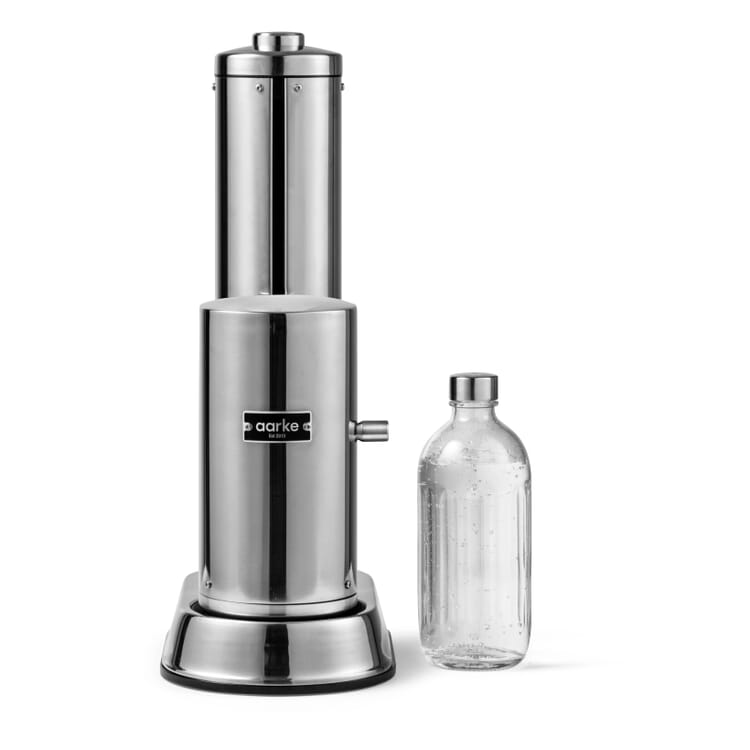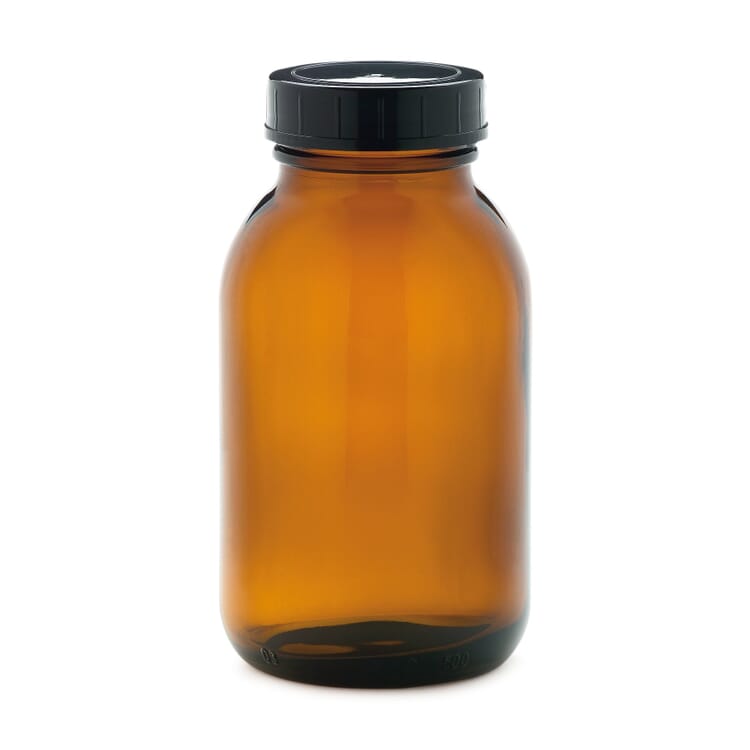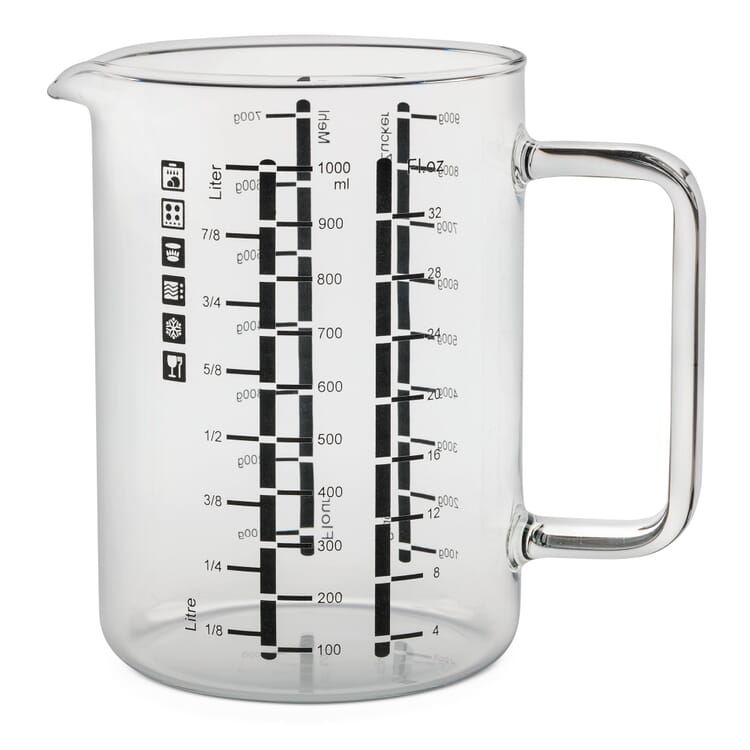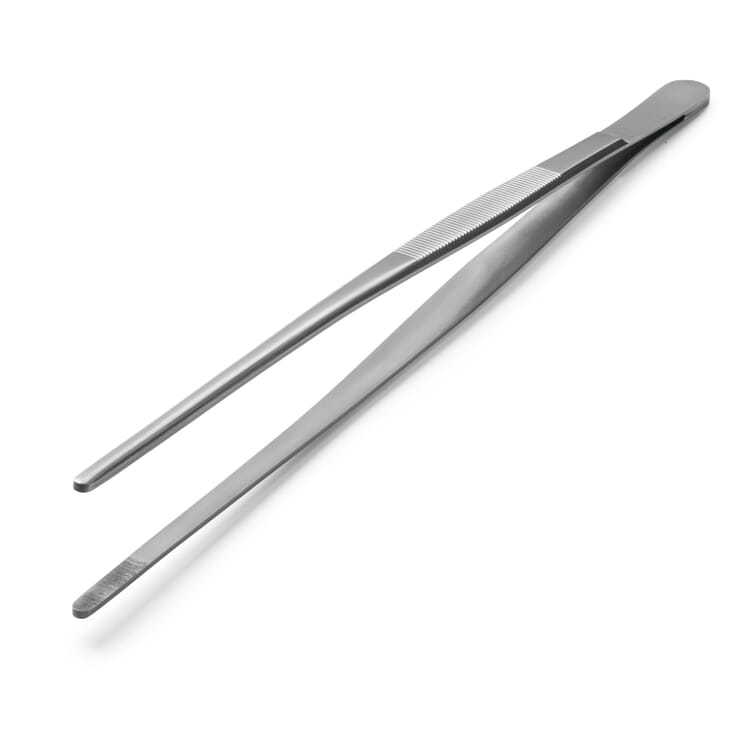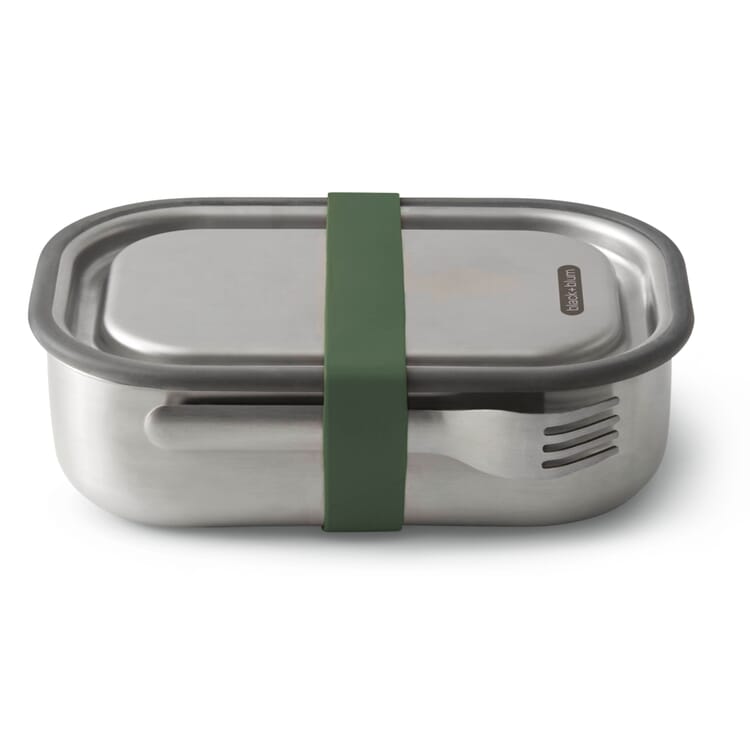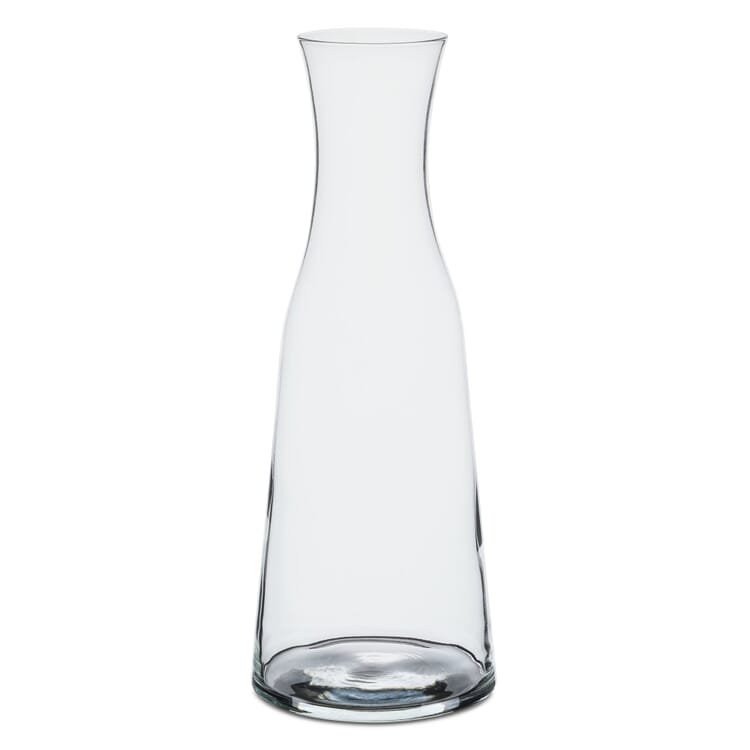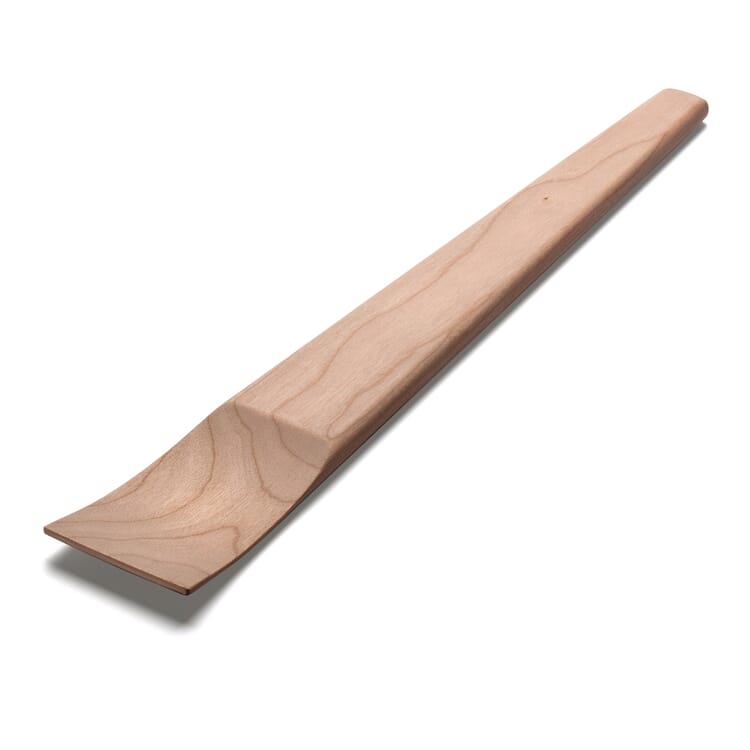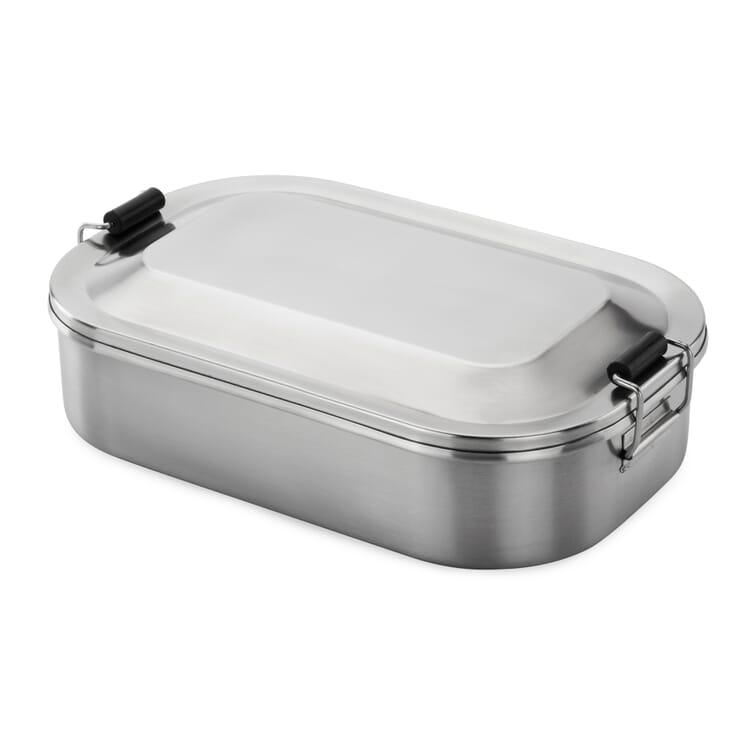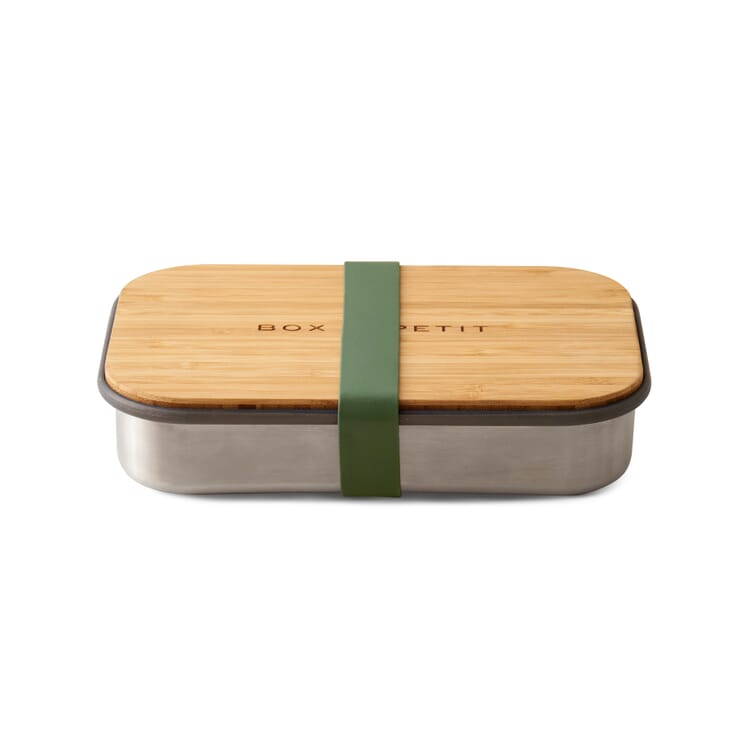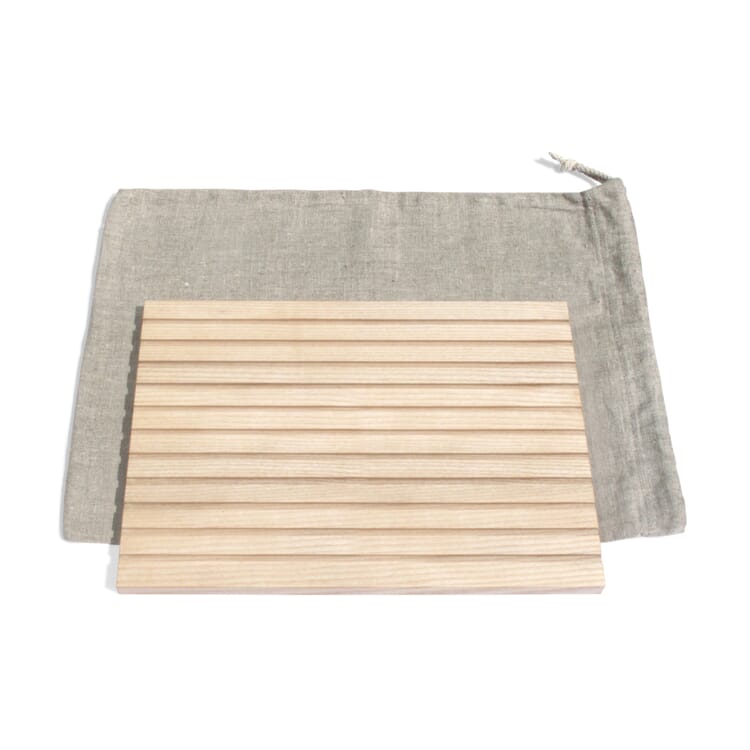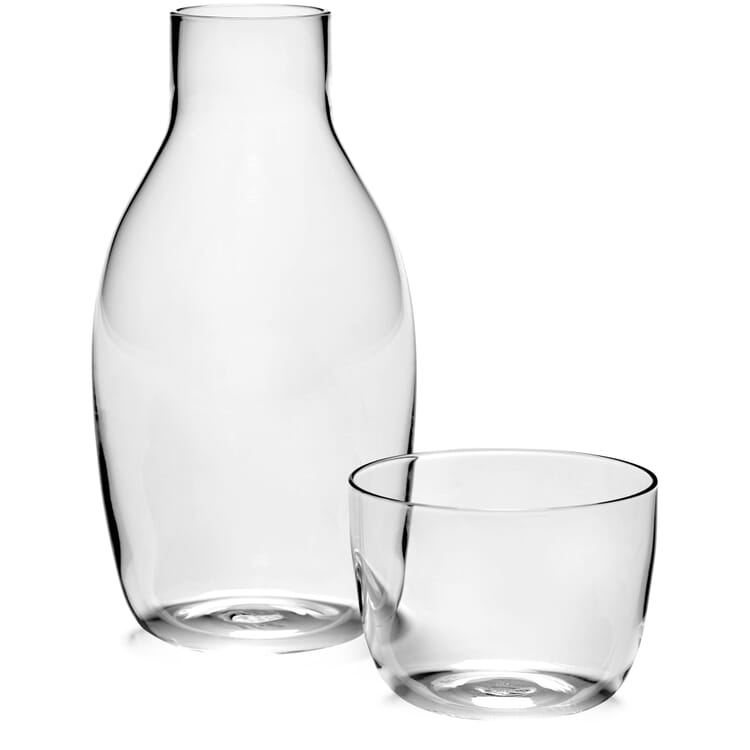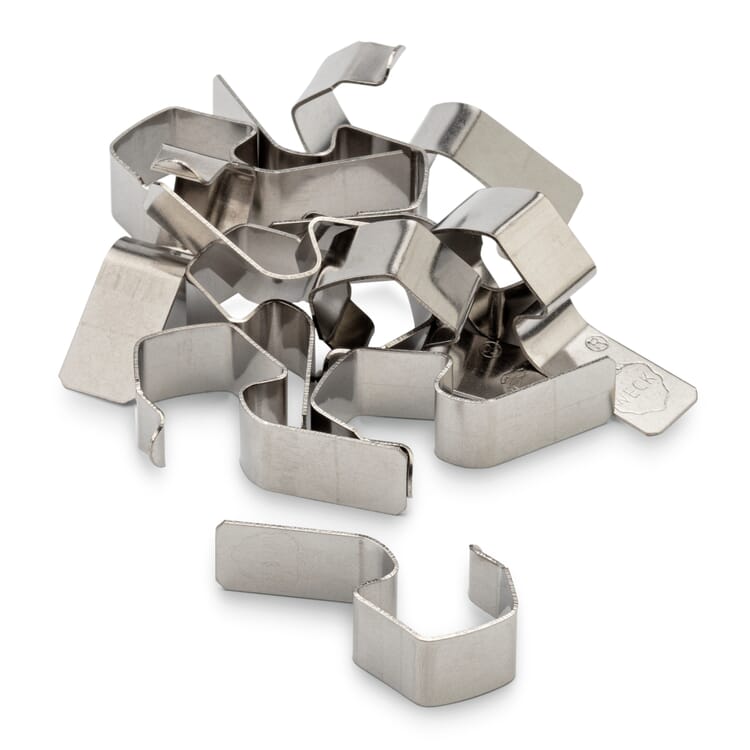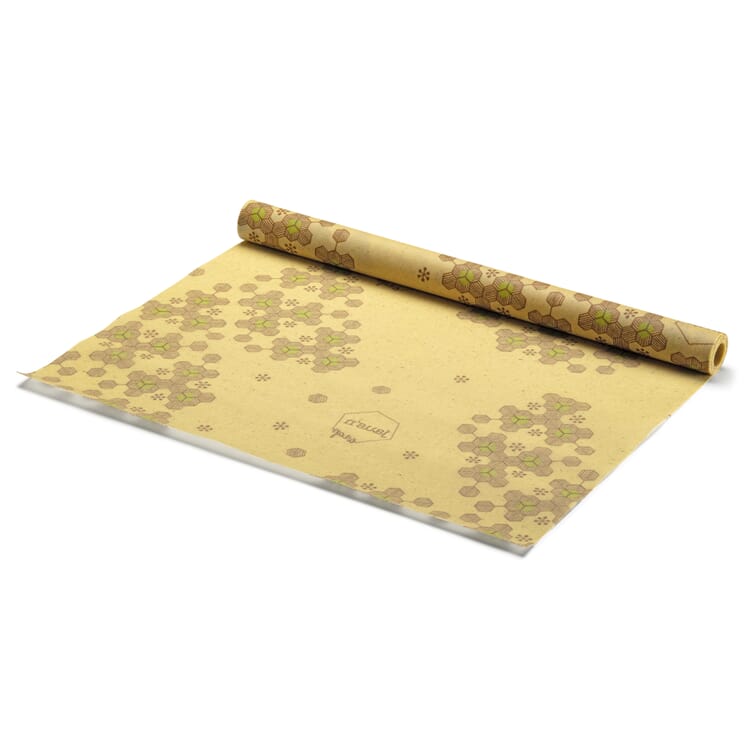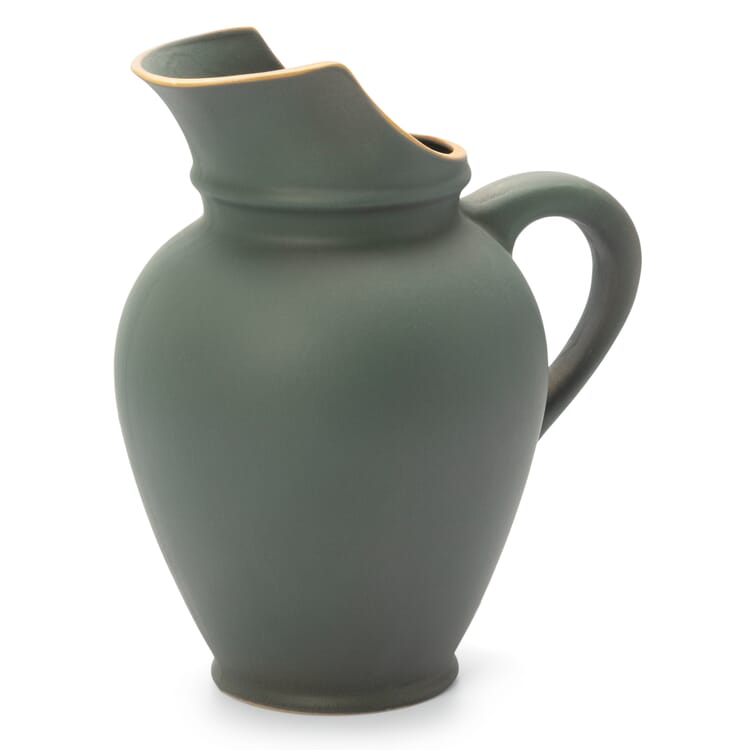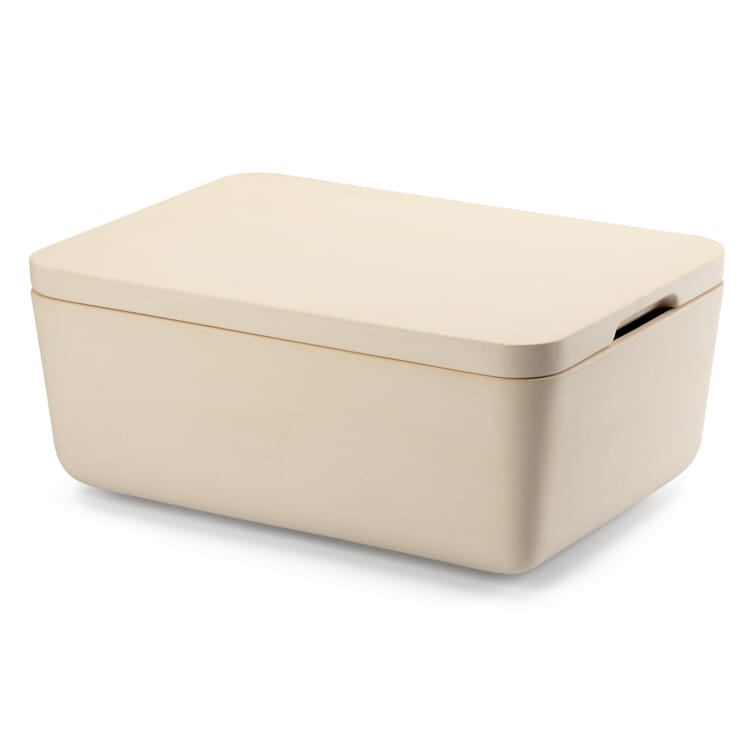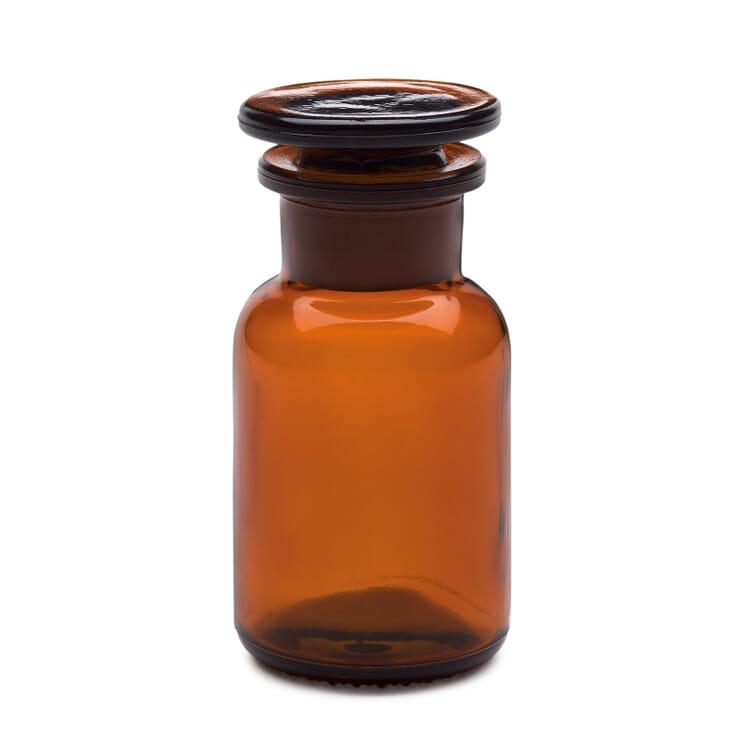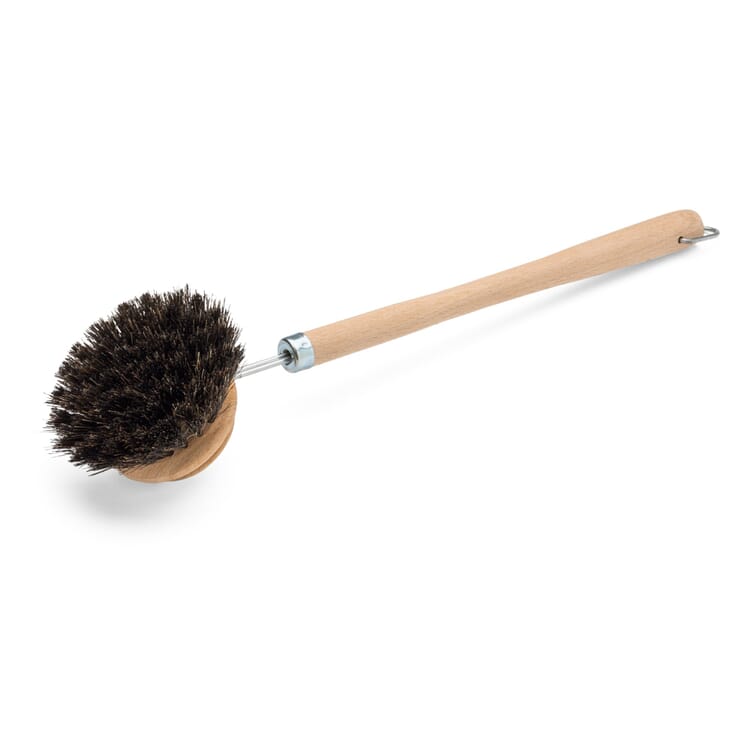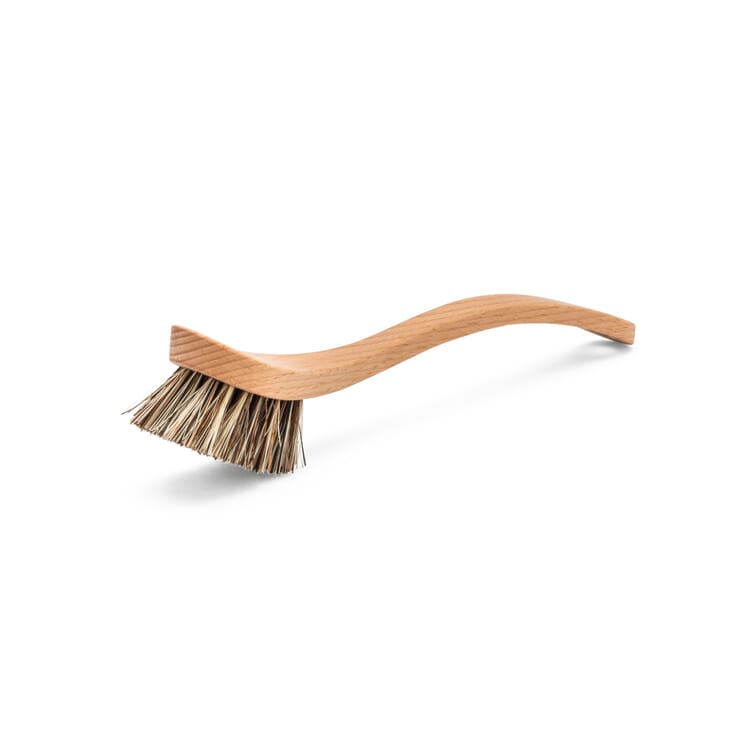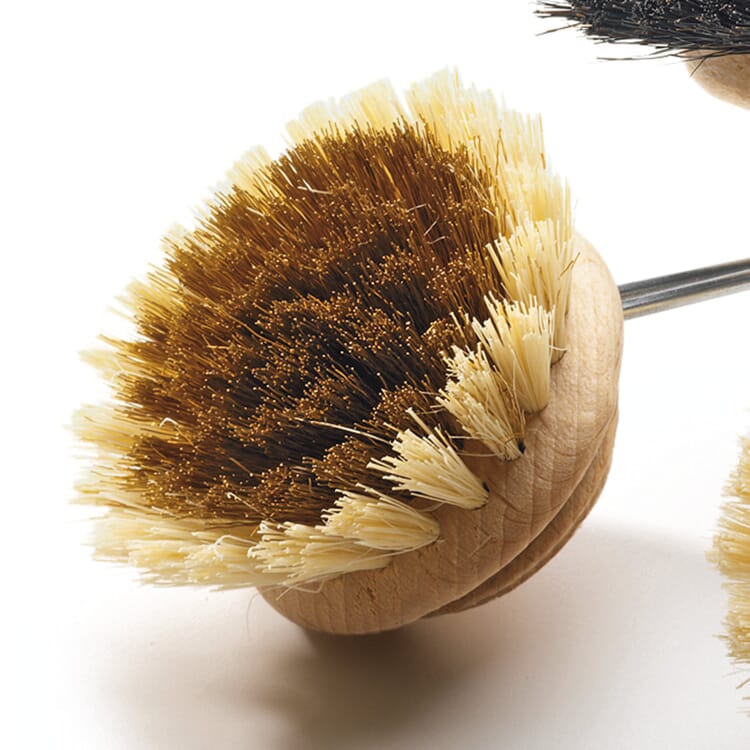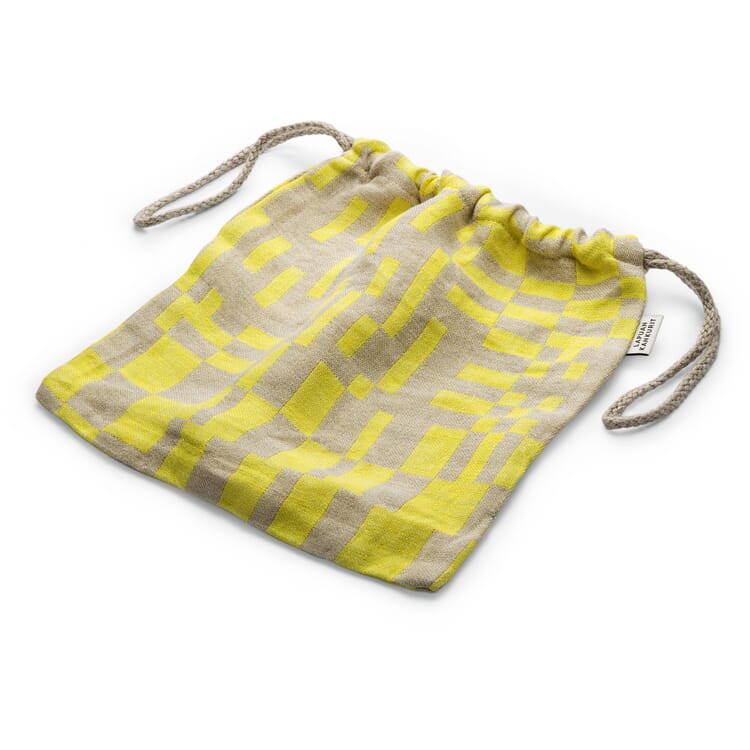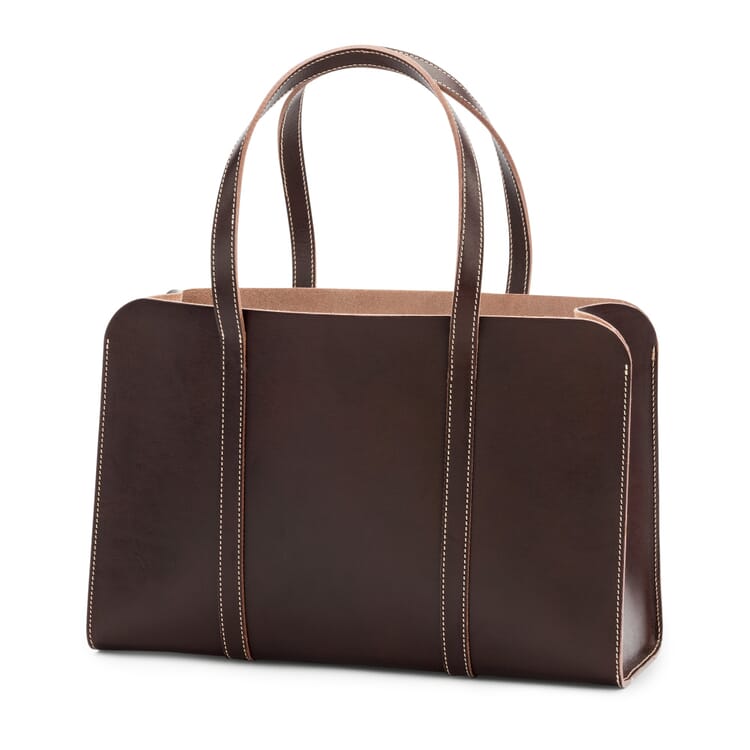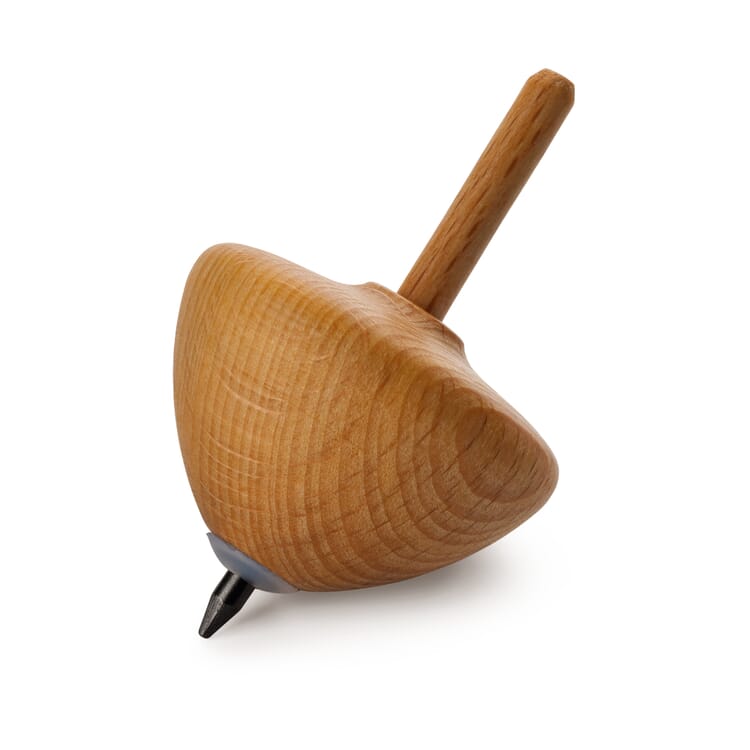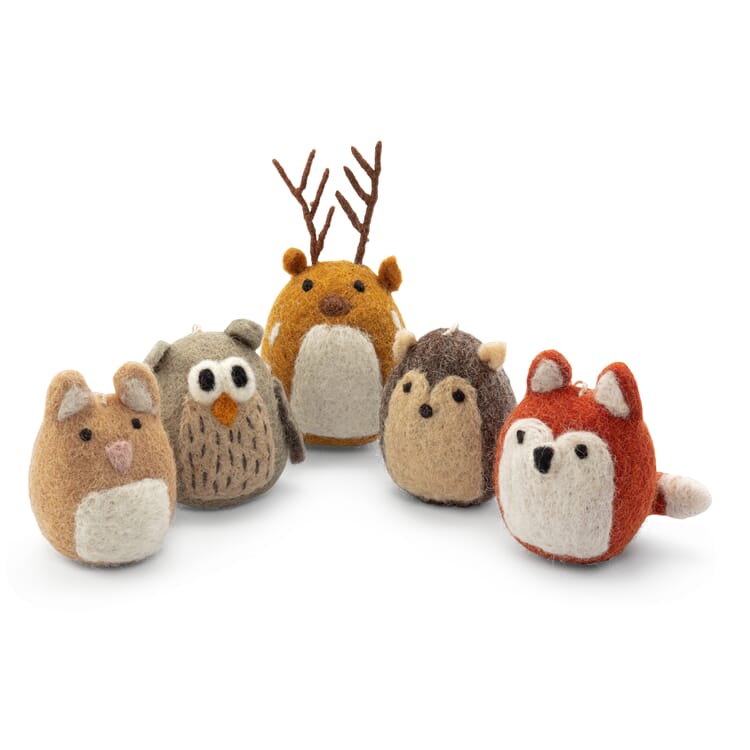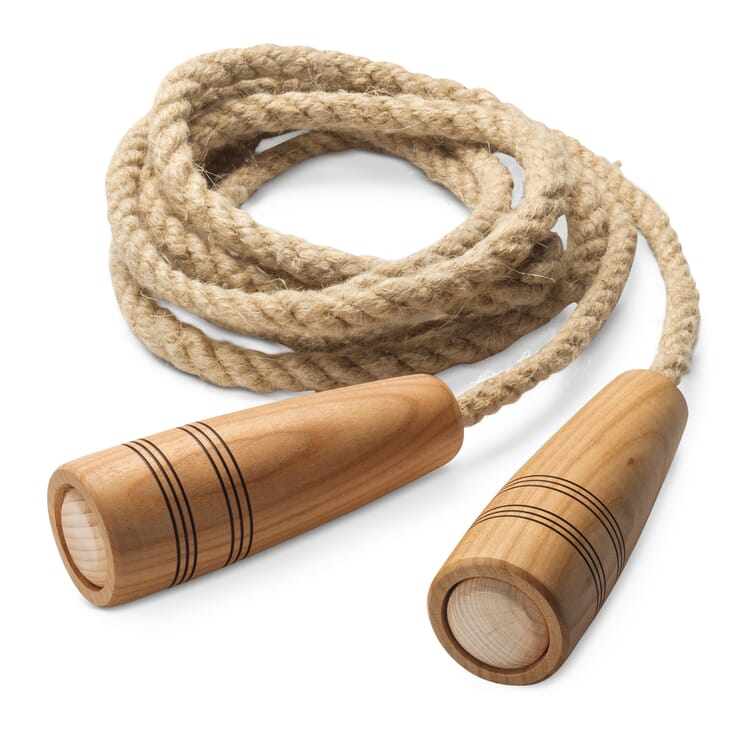Conscious consumption
Alternatives to plastic
Plastic surrounds us in all areas of life. Packaging, toys, toothbrushes are made of it. The figures are alarming: more than 300 million tons of plastic are produced worldwide every year, and around 8 million tons end up in the oceans - creating entire carpets. It can take up to 450 years for plastic to degrade. What's more, plastic often contains the controversial bisphenol A (BPA), an endocrine disruptor that is said to be harmful, yet there are many ways to avoid the material right from the start - whether on the go, in the kitchen, bathroom or children's room. We introduce you to alternatives to plastic classics: from beeswax cloths to drinking bottles to bag-free shopping.







